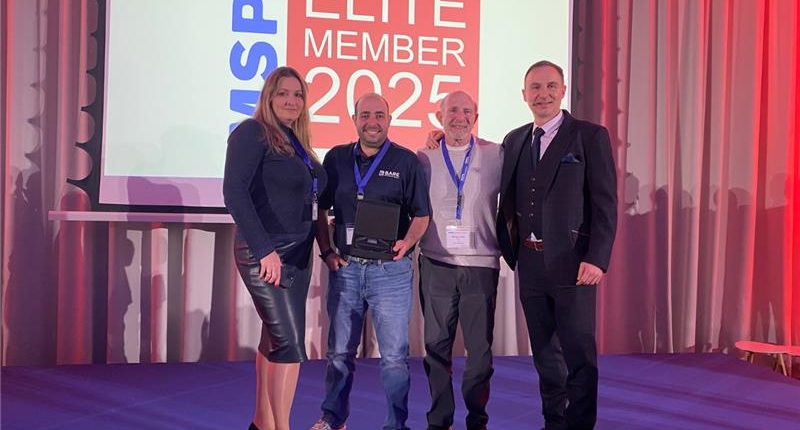BARE International Celebrates Global Growth, Client Successes, and Innovation Milestones Following Annual Company Update

The Missing Piece to Your Business Excellence

Turning Satisfaction Surveys into Strategic Action

Do You Really Know Your Customer’s Journey?

Viral Reviews & Real Lessons: Why CX Can Make or Break Your Business

Recent Posts
Categories
Archive
- July 2025
- June 2025
- May 2025
- April 2025
- March 2025
- February 2025
- December 2024
- November 2023
- October 2021
- August 2021
- July 2021
- April 2021
- March 2021
- February 2021
- January 2021
- December 2020
- November 2020
- October 2020
- September 2020
- August 2020
- July 2020
- June 2020
- May 2020
- April 2020
- March 2020
- February 2020
- January 2020
- December 2019
- November 2019
- October 2019
- July 2018
- June 2018
- May 2018
- April 2018
- March 2018
- February 2018
- January 2018
- December 2017
- November 2017
- July 2017
- June 2017
- May 2017

ONLINE RETURN PROCESS IS KEY TO CUSTOMER EXPERIENCE
’Tis the season for returning that sweater your mom gave you that didn’t fit. Make no mistake: A happy customer is a repeat customer. And as it turns out, in 2020, a lot of that happiness depends on the returns policy. Read more
WHY CHOOSE BARE INTERNATIONAL IN 2020
What is your 2020 vision? As a new decade approaches, BARE International is here to help your business increase sales, enhance the customer experience and stay ahead of the competition. Read more
DEFINING AND IMPLEMENTING THE DIGITAL CUSTOMER EXPERIENCE
What exactly is ‘DIGITAL’ Customer Experience? Is it mobile? Apps? Social media? Here, BARE International breaks down all you need to know about incorporating a seamless digital experience for your customers in 2020. Read more